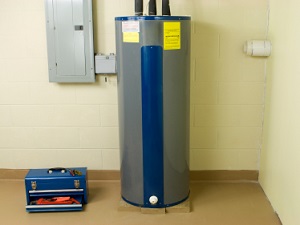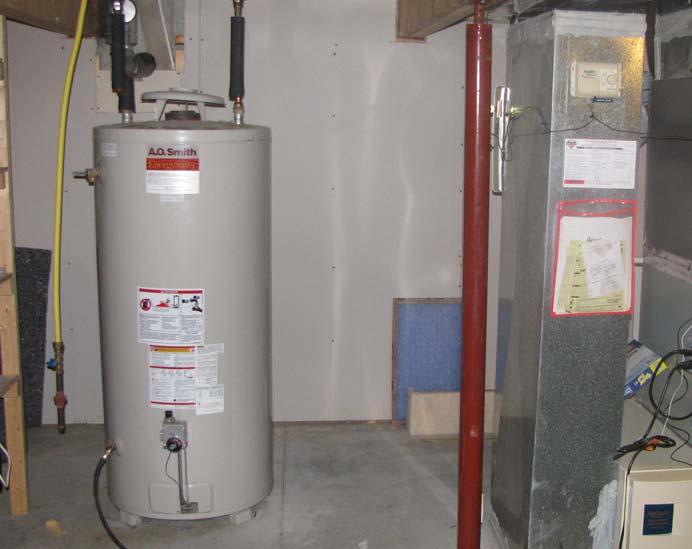The publisher is making several good pointers about What Kind of Maintenance Do Water Heaters Need? in general in this content down the page.

Warm water is necessary for everyday convenience, whether it's for a rejuvenating shower or cleaning meals. To ensure your hot water system runs efficiently and lasts longer, regular upkeep is vital. This write-up provides practical tips and insights on how to keep your home's warm water system to stay clear of interruptions and expensive repair services.
Intro
Maintaining your home's warm water system could appear daunting, but with a few simple steps, you can guarantee it runs smoothly for years ahead. This guide covers every little thing from recognizing your warm water system to DIY upkeep suggestions and recognizing when to call professional aid.
Value of Maintaining Your Warm Water System
Routine maintenance not only expands the lifespan of your warm water system however also guarantees it operates successfully. Overlooking maintenance can lead to reduced effectiveness, higher power costs, and even early failing of the system.
Signs Your Hot Water System Demands Upkeep
Knowing when your hot water system requires focus can prevent major issues. Watch out for indications such as irregular water temperature, unusual noises from the heating unit, or corroded water.
Purging the Water Heater
Flushing your water heater eliminates debris build-up, boosting performance and prolonging its life.
Monitoring and Changing Anode Rods
Anode rods avoid rust inside the storage tank. Examining and replacing them when worn is vital.
Facility Concerns Calling For Professional Aid
Instances include major leaks, electrical troubles, or if your water heater is consistently underperforming.
Routine Expert Upkeep Perks
Specialist upkeep can consist of thorough evaluations, tune-ups, and ensuring compliance with safety standards.
Examining and Adjusting Temperature Level Setups
Changing the temperature setups ensures optimum efficiency and safety and security.
Do It Yourself Tips for Upkeep
You can execute a number of maintenance tasks yourself to maintain your warm water system in leading condition.
Checking for Leakages
On a regular basis check pipelines and links for leakages, as these can lead to water damage and greater expenses.
Understanding Your Warm Water System
Prior to diving into upkeep jobs, it's valuable to recognize the fundamental parts of your hot water system. Usually, this consists of the water heater itself, pipelines, anode poles, and temperature level controls.
Regular Monthly Maintenance Tasks
Normal monthly checks can help catch small concerns prior to they escalate.
Checking Pressure Alleviation Valves
Evaluating the stress relief valve ensures it works appropriately and avoids too much pressure buildup.
Protecting Pipelines
Insulating hot water pipelines lowers heat loss and can conserve energy.
When to Call a Specialist
While do it yourself maintenance is valuable, some issues need specialist know-how.
Conclusion
Routine upkeep of your home's hot water system is necessary for performance, durability, and price financial savings. By adhering to these suggestions and recognizing when to seek professional help, you can ensure a trustworthy supply of warm water without unexpected interruptions.
How to Maintain an Instant Hot Water Heater
Before tinkering with your hot water heater, make sure that it’s not powered on. You also have to turn off the main circuit breaker and shut off the main gas line to prevent accidents. Also turn off the water valves connected to your unit to prevent water from flowing into and out of the appliance. 2. When you’re done, you have to detach the purge valves’ caps. These look like the letter “T” and are situated on either side of the water valves. Doing so will release any pressure that has accumulated inside the valves while at the same time avoid hot water from shooting out and burning your skin. 3. When the purge valves’ caps are removed, you have to connect your hosing lines to the valves. Your unit should have come with three hoses but if it didn’t, you can purchase these things from any hardware or home repair shops. You can also get them from retail stores that sell water heating systems. Read the user’s manual and follow it to complete this task properly. When the hosing lines are connected, open the purge port’s valves. 4. You should never use harsh chemical cleaners or solutions when cleaning your unit. Make use of white vinegar instead. It should be undiluted and you’ll probably use about 2 gallons. 5. Now flush your water heater. This task should probably take about 40 minutes. We can’t give you specific directions for this because the procedure is carried out depending on the type, model and brand of your heater. With that being said, refer to the user’s manual. 6. When you’re done draining the unit, you have to turn off the purge port valves again. Remove the hosing lines that you earlier installed on each of the water valves. Put the valve caps (purge port) back in their respective places and be very careful so as not to damage the rubber discs that are found inside these caps. 7. Now that everything’s back in place, check your user’s manual again to find out how to reactivate your water heating system. 8. Once it is working, turn one of your hot water faucets on just to let air pass through the heater’s water supply pipes. Leave the tap on until water flows smoothly out of it. https://www.orrplumbing.com/blog/2014/september/how-to-maintain-an-instant-hot-water-heater/

I am just very focused on What Kind of Maintenance Do Water Heaters Need? and I'm hoping you liked the new piece. Sharing is caring. One never knows, you will be helping someone out. We truly appreciate your readership.
Call Today